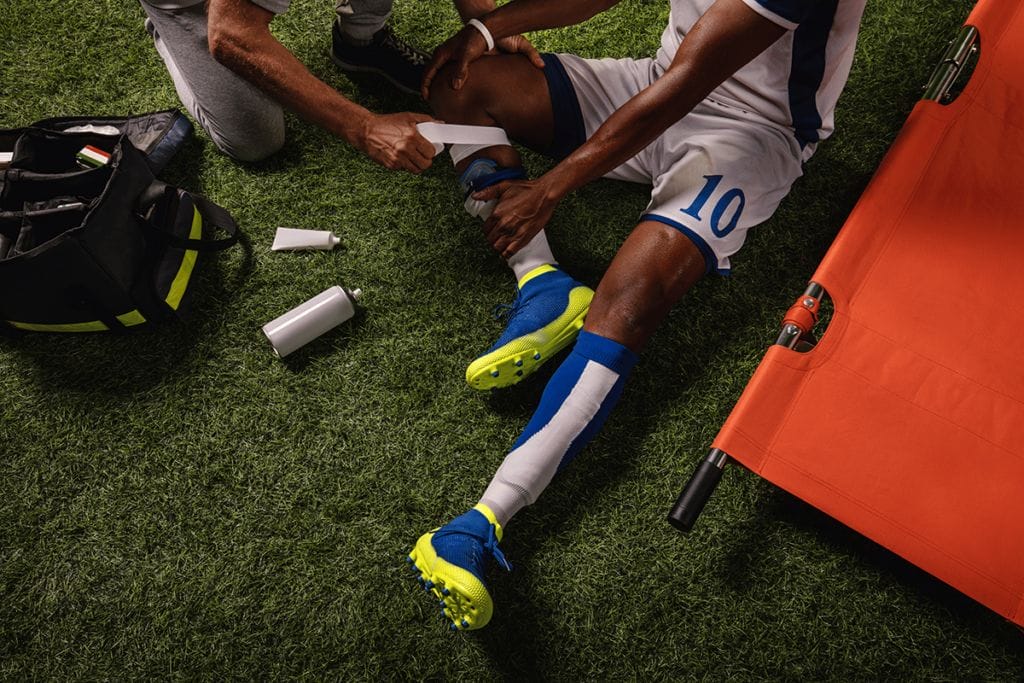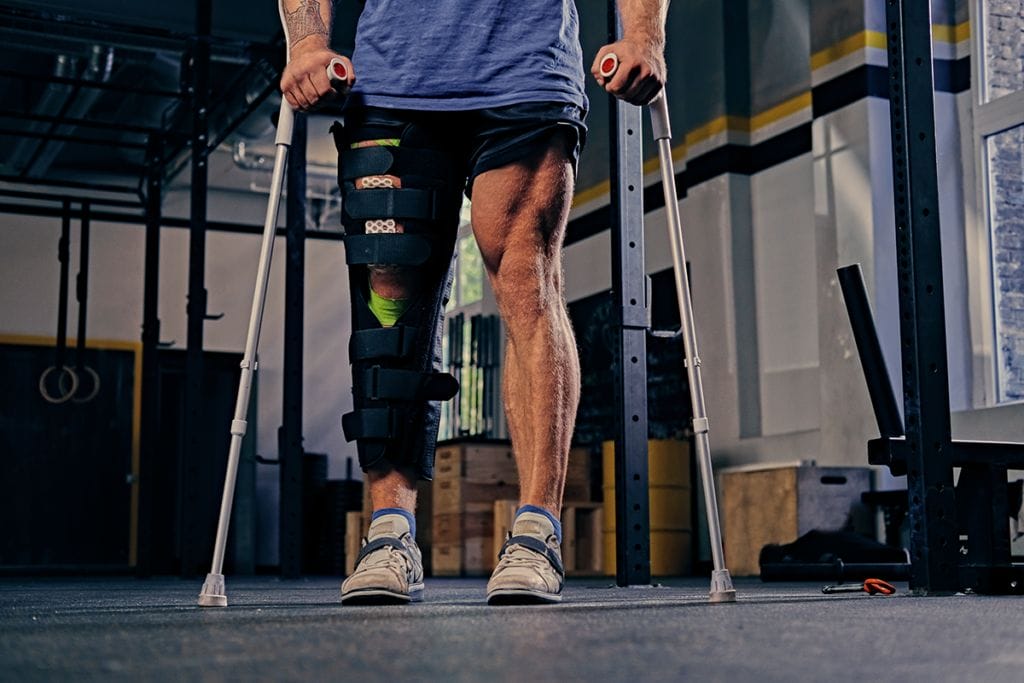When an injury happens, you can be forced to leave the sport you love for an extended period of time. It can be difficult to stay positive and motivated during this time, but it is important to remember that you will eventually be able to return to play.
What does “Return to Play” mean?
Return to play (RTP) means being able to safely go back to participating in your sport or activity after an injury. Depending on the type and severity of your injury, this process can take weeks, months, or longer.
It is important to follow your healthcare provider’s recommendations for returning to your sport. Rushing back too soon can put you at risk for re-injury or further injury.
Things to keep in mind during Return to Play recovery/rehabilitation
Patience – It can be difficult to be patient when you’re eager to get back to your sport, but it is important to follow your healthcare provider’s recommendations. Rushing back too soon can delay your recovery or put you at risk for re-injury.
Listening to your body – Pay attention to how your body is feeling as you progress through your sports injury recovery. If you experience pain, swelling, or any other type of discomfort, stop what you are doing and contact your healthcare provider.
Gradual progression – Return to play should be a gradual process. Don’t try to do too much too soon. Start with lower-intensity activities and gradually increase the intensity and duration as you are able.
Safety – Make sure that you are taking all necessary precautions to stay safe while participating in your sport or activity. This may include wearing protective gear, warming up properly, and cooling down after your activity.
What are some common athletic injuries that could call for a Return to Play recovery plan?
- Knee injuries – There are many different types of knee injuries, including ACL tears, meniscus tears, and patellar tendinitis. Knee injuries can be very debilitating and often require a long period of recovery.
- Shoulder injuries – Shoulder injuries, such as rotator cuff tears and dislocated shoulders, are common among athletes. These types of injuries can take several weeks or longer to heal properly.
- Concussion – A concussion is a type of brain injury that can occur after a blow to the head. Concussions can cause a variety of symptoms, including headaches, dizziness, nausea, and fatigue. Recovery from a concussion will vary depending on the individual.
There are many other types of injuries that could require a return to play recovery plan. It is important to consult with your healthcare provider if you have any questions or concerns about your injury.
When can I expect to return to play?
The answer to this question will vary depending on the individual and the type of injury, as well as the RTP program itself. Some people may be able to return to play within a few weeks, while others may need several months or longer.
It is important to follow your healthcare provider’s recommendations for returning to play. Rushing back too soon can put you at risk for re-injury or further injury.
What to Expect from the Speed Mechanics Return To Play Program:
- A focus on injury recovery
- A personalized training program
- An increase in strength, speed, and agility
- Improved coordination and balance
- A decrease in risk of further injury
- Better performance overall
Our highly experienced coaches will push you to reach your goals and exceed them. We want to see you succeed on and off the field, and our return to play (RTP) program is the perfect way to get you back on track.
If you are ready to get started on your RTP plan, contact Speed Mechanics now. We will develop a personalized training program that is tailored to your individual needs and goals. Let Speed Mechanics help you get back to your sport—and perform even better than before.
Conclusion
When an injury occurs, it can be difficult to stay positive and motivated. However, it is important to remember that you will eventually be able to return to play.
Return to play should be a gradual process, and it is important to listen to your body and follow your healthcare provider and RTP recovery plan recommendations. Taking these necessary precautions can help you stay safe while participating in your sport or activity, and ensure you can continue to perform at the level you desire.




